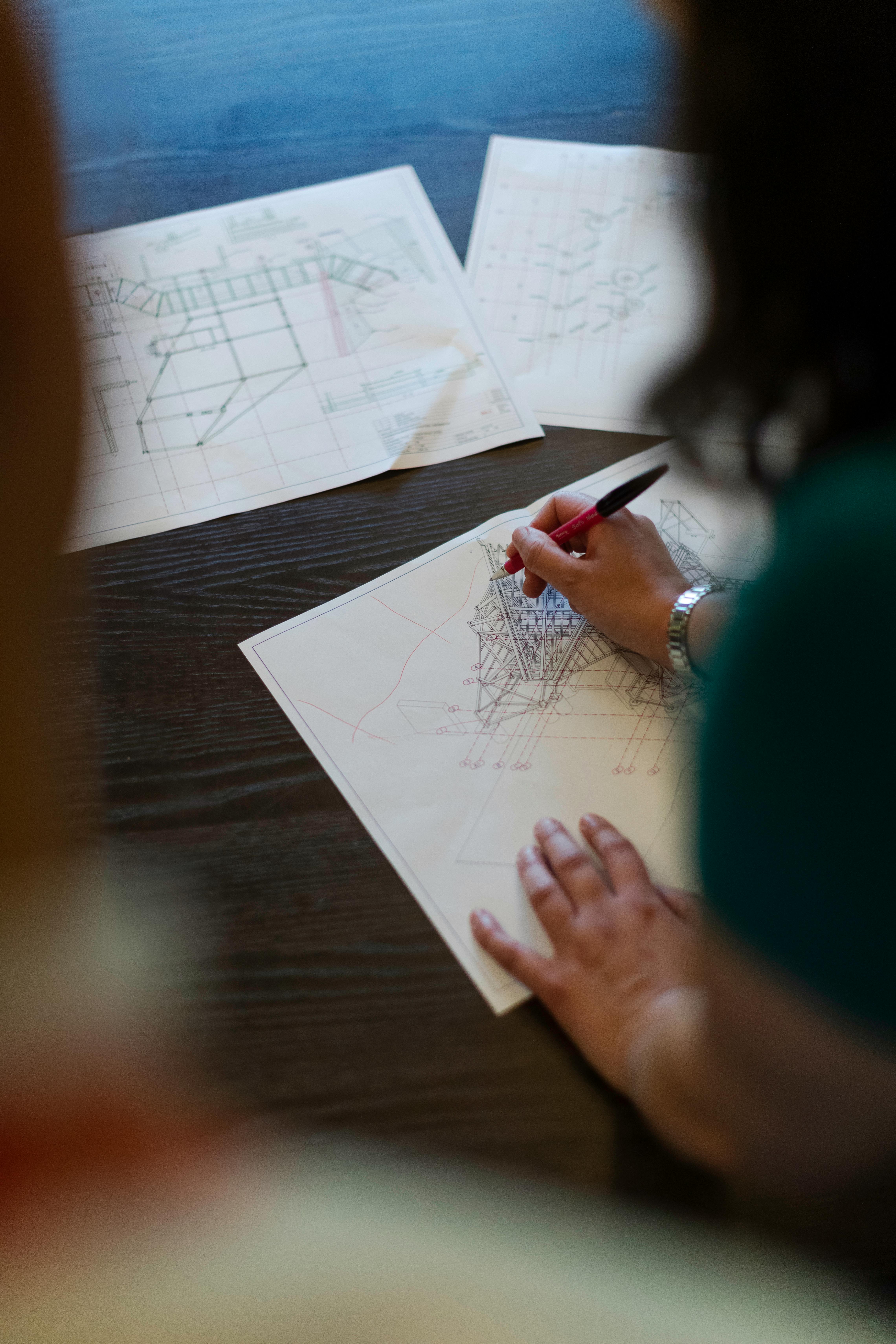In a world increasingly connected yet paradoxically isolating, the pressure to conform to external expectations can feel immense. Many individuals find themselves navigating life based on what others might think, rather than what truly resonates with their inner selves. This constant pursuit of external validation often leads to a disconnect from one’s authentic desires and values, impacting overall well-being and personal fulfillment.
This article delves into the profound journey of breaking free from the gaze of others, exploring the psychological underpinnings of this societal pressure and the transformative pathways to self-acceptance. We will examine how individuals recognize the need for change, cultivate inner resilience, and ultimately embrace a life guided by authenticity. By understanding these dynamics, you can gain valuable insights into fostering your own liberation from external judgment and stepping into a more genuine existence.
The Invisible Chains: Understanding External Expectations
From a young age, humans are wired for social connection and acceptance. This innate desire often manifests as a tendency to seek approval from peers, family, and society at large. While social norms provide structure and cohesion, an excessive reliance on external validation can become an invisible chain, limiting personal expression and genuine self-discovery.
Psychological research indicates that the fear of judgment or rejection is a powerful motivator, often leading individuals to suppress their true feelings or aspirations. This phenomenon is deeply rooted in our evolutionary past, where social exclusion could mean survival threats. In modern society, this translates into a constant internal negotiation between personal desires and perceived societal demands.
The Societal Mirror and Self-Perception
Our self-perception is significantly shaped by how we believe others see us, a concept known as the “looking-glass self.” This continuous feedback loop, often amplified by social media, can create a distorted self-image based on external validation rather than internal truth. The constant comparison to idealized versions of others can erode self-esteem and foster a sense of inadequacy.

The Tipping Point: Recognizing the Cost of Conformity
The journey towards freedom from external expectations often begins with a critical realization: the immense personal cost of living inauthentically. This “tipping point” isn’t always a single dramatic event but can be a gradual accumulation of discomfort, dissatisfaction, and a growing sense of unfulfillment. It’s the moment when the burden of maintaining a facade outweighs the perceived benefits of external approval.
Common indicators that individuals are reaching this point include persistent feelings of anxiety, burnout, or a pervasive sense that something is “missing” despite achieving conventional success. The emotional and psychological toll of suppressing one’s true self can manifest in various ways, from chronic stress to a lack of joy in daily activities.
The Impact on Mental and Emotional Well-being
Living in constant fear of judgment can severely impact mental health. It often leads to a cycle of self-criticism and perfectionism, where mistakes are seen as failures rather than learning opportunities. This can hinder personal growth and prevent individuals from taking risks necessary for innovation and self-expression.
“Authenticity is not something we have or don’t have. It’s a practice—a conscious choice of how we want to live. Authenticity is a collection of choices that we have to make every day. It’s about the choice to show up and be real. The choice to be honest. The choice to let our true selves be seen.” – Brené Brown, Ph.D.
Pathways to Liberation: Cultivating Self-Awareness
Once the cost of conformity becomes clear, the next step is to embark on a journey of self-discovery and self-awareness. This involves deep introspection to identify one’s core values, passions, and authentic desires, separate from external influences. It’s about understanding who you are when no one is watching and what truly brings you joy and purpose.
Cultivating self-awareness is a continuous process that can be facilitated through various practices. These practices help individuals tune into their inner voice, challenge limiting beliefs, and develop a stronger sense of self-compassion. This internal shift is fundamental to building resilience against external pressures.
Practical Steps for Inner Reflection
Engaging in practices that foster self-awareness can significantly accelerate the journey towards authenticity. These include:
- Mindfulness and Meditation: Regular practice can help observe thoughts and emotions without judgment, creating space between external stimuli and internal reactions.
- Journaling: Writing down thoughts, feelings, and experiences can reveal patterns, clarify values, and process emotions.
- Seeking Feedback from Trusted Sources: Engaging with close friends, mentors, or therapists who offer honest, constructive feedback can provide valuable insights into blind spots and strengths.
- Identifying Core Values: Reflecting on what truly matters to you helps in making decisions aligned with your authentic self, rather than external expectations.

Embracing New Horizons: The Role of Diverse Experiences
Stepping outside one’s comfort zone and engaging with diverse experiences can be a powerful catalyst for breaking free from external expectations. Travel, in particular, offers unique opportunities to encounter different cultures, perspectives, and ways of life, which can challenge ingrained beliefs and broaden one’s understanding of self and society.
When immersed in a new environment, away from familiar social circles and their inherent pressures, individuals often find the space to experiment with different facets of their personality. This detachment from routine allows for a re-evaluation of priorities and a deeper connection with one’s authentic self, unburdened by the need to conform.
How New Environments Foster Authenticity
New experiences contribute to personal liberation in several ways:
- Perspective Shift: Encountering different values and norms can highlight the arbitrary nature of some societal expectations, making them less impactful.
- Increased Self-Reliance: Navigating unfamiliar situations builds confidence in one’s own abilities and judgment, reducing reliance on external validation.
- Reduced Social Pressure: Being an anonymous traveler can provide a temporary reprieve from the expectations of one’s home environment, allowing for genuine self-expression.
- Exposure to Diverse Role Models: Meeting people who live authentically and unconventionally can inspire and provide alternative blueprints for life.

Living Authentically: The Rewards of Self-Acceptance
The ultimate reward of breaking free from others’ expectations is the profound sense of peace and fulfillment that comes with living an authentic life. This isn’t about rejecting all social norms, but rather about aligning one’s actions and choices with one’s true values and desires. It’s about embracing self-acceptance, flaws and all, and cultivating genuine self-compassion.
The benefits extend far beyond individual well-being, positively impacting relationships, career choices, and overall life satisfaction. When you are true to yourself, you attract relationships that value your authenticity and pursue endeavors that genuinely resonate with your purpose.
The Transformative Power of Authenticity
Embracing authenticity leads to a myriad of positive outcomes:
- Enhanced Well-being: Reduced stress, anxiety, and depression as the need to constantly perform or please diminishes.
- Stronger Relationships: Authentic connections built on honesty and mutual respect, rather than superficiality.
- Increased Resilience: A stronger sense of self provides a stable foundation to navigate life’s challenges.
- Greater Purpose and Direction: Clarity on personal values leads to more meaningful life choices and a sense of purpose.
Authentic Living vs. Living for Others
| Characteristic | Living for Others | Authentic Living |
|---|---|---|
| Decision Making | Based on external approval, fear of judgment | Aligned with personal values and desires |
| Emotional State | Anxiety, stress, unfulfillment, resentment | Peace, joy, fulfillment, self-compassion |
| Relationships | Superficial, based on pleasing others | Deep, genuine, built on mutual respect |
| Self-Worth | Dependent on external validation | Internally derived, self-accepting |
Cultivating Self-Compassion and Boundaries
A crucial component of freeing oneself from external expectations is the cultivation of self-compassion and the establishment of healthy boundaries. Self-compassion involves treating oneself with the same kindness and understanding one would offer a good friend, especially during times of perceived failure or inadequacy. This internal kindness acts as a buffer against harsh external judgments.
Setting boundaries, on the other hand, is about defining what is acceptable and unacceptable in your interactions with others. It’s a proactive step to protect your energy, time, and emotional well-being from demands that do not align with your authentic self. This practice empowers you to say “no” without guilt and to prioritize your own needs.
Practical Strategies for Self-Protection
To solidify your journey towards freedom, consider these strategies:
- Practice Self-Compassion: Engage in exercises that promote self-kindness, such as mindful self-compassion meditations. Learn more about the research on self-compassion: The Science of Self-Compassion.
- Define Your Boundaries: Clearly identify your limits in relationships, work, and social interactions. Learn how to effectively communicate them: Setting Healthy Boundaries.
- Limit Social Comparison: Consciously reduce time spent on activities that trigger social comparison, especially on social media.
- Seek Supportive Communities: Surround yourself with individuals who celebrate your authenticity and encourage your growth, rather than those who reinforce external pressures.
The journey to freedom from others’ expectations is a continuous process of self-discovery, self-acceptance, and courageous authenticity. It involves recognizing the invisible chains of external validation, understanding their cost, and actively cultivating an inner landscape guided by your true self. Whether through introspection, new experiences like travel, or the deliberate practice of self-compassion and boundary setting, each step brings you closer to a life lived on your own terms.
Embracing your authentic self not only enhances your personal well-being but also fosters deeper, more meaningful connections with the world around you. It allows you to contribute your unique gifts without reservation, leading to a life rich in purpose and genuine fulfillment. For further reading on the importance of living authentically, explore this resource: What Is Authenticity and Why It Matters.
What is one small step you can take today to align more closely with your authentic self, free from the gaze of others?
